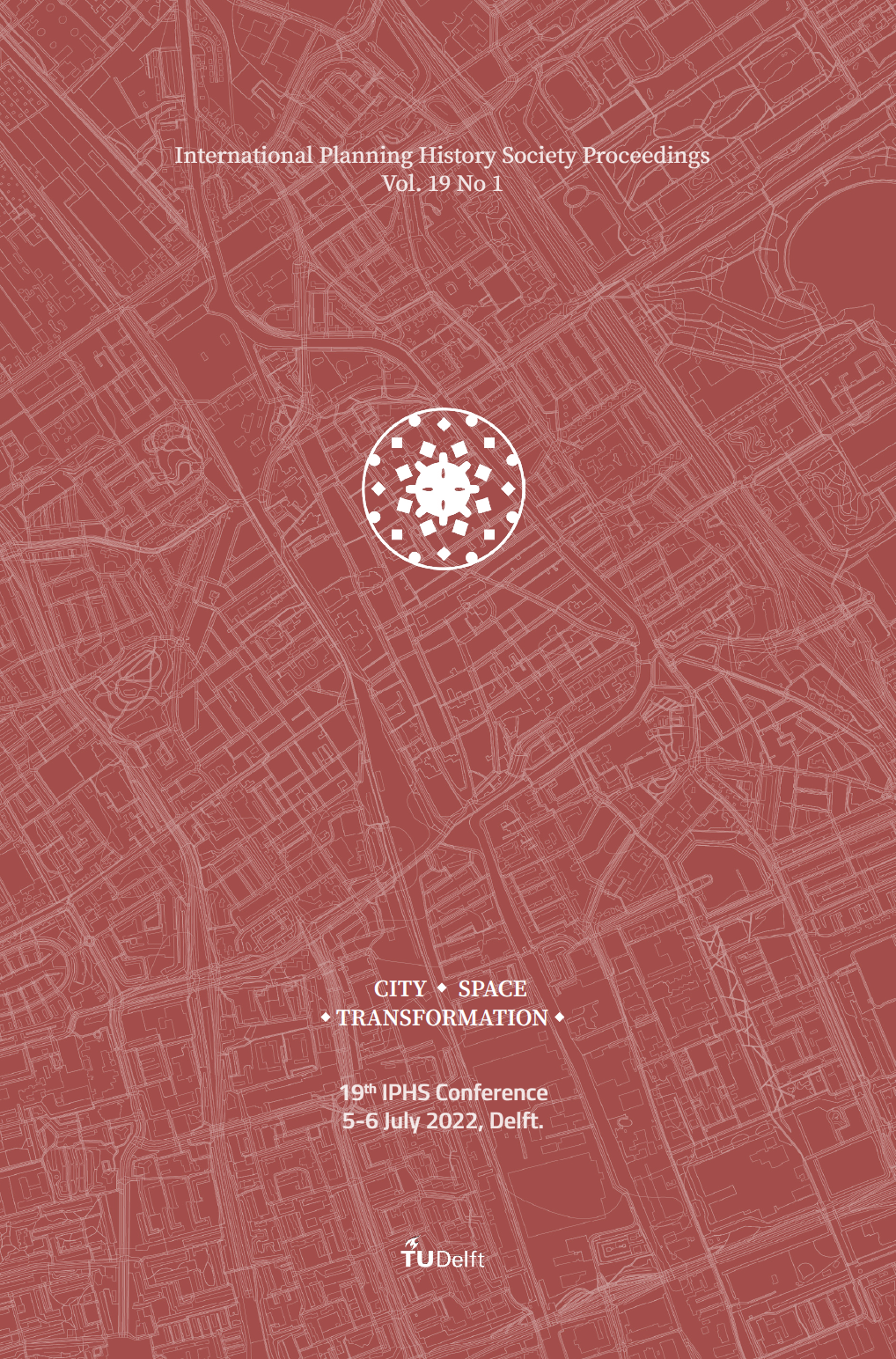From ‘Imposition’ to ‘Borrowing’
Zhanjiang Modern Planning Practice and City Space Transformation
DOI:
https://doi.org/10.7480/iphs.2022.1.6444Abstract
In China, western planning and urbanization ideas dominated the urban modernization discourse. Meanwhile, the two characteristics of international planning diffusion, namely 'Imposition' and 'Borrowing,' occurred. First, 'planning imposition,' that is, colonial planning was implanted, and foreign municipal progress filled the gap of the local place before 1945. Second, 'planning borrowing,' China takes the initiative to introduce the Soviet model in response to urbanization and modernization in the mid-20th century. Since the 1970s, the methodology of transnational comparative history has been applied to the study of planning history, including the driving forces, institutional mechanisms, and persistent effect of the interaction of planning communication between cities and regions. This paper sets Zhanjiang planning history as an example. It presents a prism to examine the influence of Western planning and Soviet planning on many Chinese cities in the 20th. This paper investigated the processes, agents, and impacts by drawing on 'international planning diffusion.'
Downloads
Published
How to Cite
Issue
Section
License
Copyright (c) 2022 Yi Liu, Baihao Li, Baihao Li

This work is licensed under a Creative Commons Attribution 4.0 International License.

